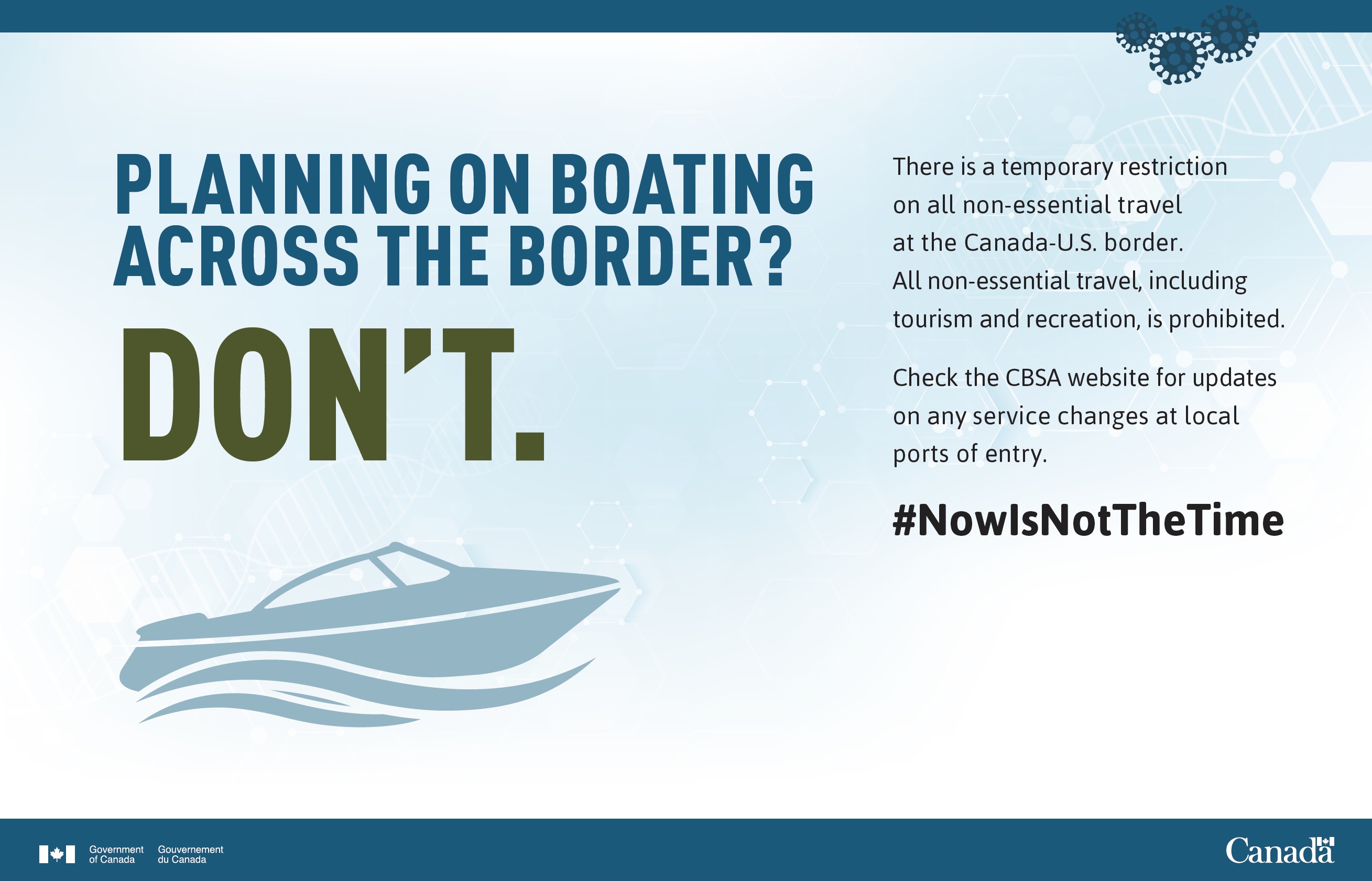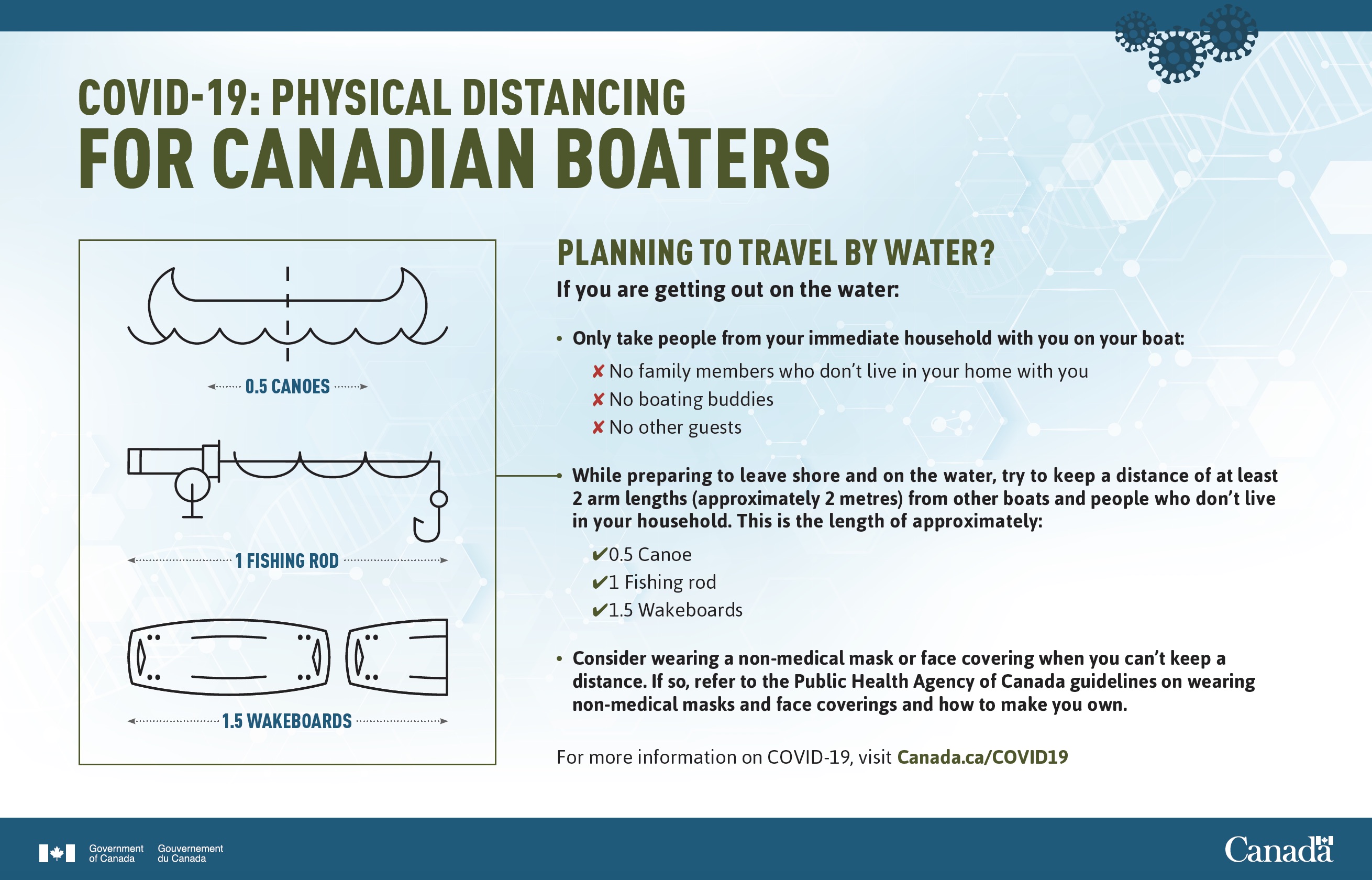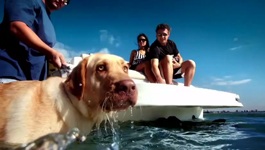Boating Lifestyle
Boating Lifestyle
There is so much to love, and learn, about boating. That's why we created this library of articles, videos and blog posts to help you throughout your adventures.
Boating During COVID-19: Tips for Safe Social Distancing
Boating safety is always—always—a critical consideration whenever you push off the dock, but with all the recent issues regarding COVID-19, many people are wondering if boating is considered a safe social distancing practice.
As boaters everywhere do their best to navigate these uncharted waters, we'll do our best to serve as a reliable resource in answering many of your questions about boating during the coronavirus—from navigating local boating restrictions and boat ramp closures in your area, to following best practices for social distancing on the water.
Is Boating a Safe Social Distancing Activity?
The short answer is yes, but the long answer is a bit more involved.
Pleasure Boating Guidelines
It is important that all pleasure craft operators check any provincial, territorial, local and regional health measures regarding social gatherings, physical distancing, or non-essential services to ensure boating is allowed locally
The following measures are strongly recommended for all pleasure craft operators and everyone on board:
- If using a pleasure craft, avoid any unnecessary contact with others during your trip and respect your local health authority's measures with respect to the size and make-up of your boating group;
- A distance of at least 2 metres should be kept from other people and boats as much as possible; and
- Face coverings and non-medical masks can be useful for short periods of time, when physical distancing is not possible in public settings. Have one with you and check with your local health authority for further guidance. If the face covering or non-medical mask becomes damp or wet, we encourage you to replace it with a dry one. A reusable non-medical mask that is damp or dirty can be put into a plastic bag until it can be safely laundered.
- Cross-border non-essential travel between the United States and Canada, including travel by pleasure craft, is prohibited.
- As always, pleasure craft operators must observe safe speeds and practices, and refrain from operating watercraft under the influence of alcohol and/or cannabis.
Reducing pressure on emergency responders
- Wear a lifejacket or Personal Flotation Device (PFD):
- Lifejackets/PFDs are required by law to be on board for each person on all types of pleasure craft.
- Wear them at all times when on deck or in the cockpit.
- Make sure they are of the proper size, and properly buckled up. Most recreational boaters who die on the water each year in Canada are not wearing personal flotation devices, or are not wearing them properly.
- Ensure your pleasure craft is in good working order and properly equipped before heading out on the water.
- Verify all your safety equipment before departure.
- Make sure you have enough fuel for the voyage, with a safety reserve. More than 50% of calls for assistance from recreational boaters are because of mechanical failure, including running out of fuel.
- Limit the length of your trips as much as possible, departing and returning to the same location and avoiding stops along the way.
- Keep a safe distance to shore at all times.
- Avoid using your pleasure craft during bad weather and extreme temperatures.
- Limit using your pleasure craft to daylight hours.
Ensuring safety and health at marinas and boat launches
While preparing to depart or returning from a trip at a marina or boat launch, the following measures are strongly recommended:
- Keep a distance of at least 2 metres as much as possible and avoid using boat ramps and docks while other people are on them.
- Refrain from beaching your boat right next to someone else.
- Avoid sharing your boating or fishing equipment.




